Nathaniel Hone the Elder, R.A. (1718-1784) Miniature Portrait of James Turner Oil on enamel, 5.8 x 4.5cm (2.75 x 2'') Inscribed in the enamel on the reverse:''James Turner / a beggar aged 93 who / valued his time at / a shilling an hour / 1750'' Framed with two engravings ( by William Baillie and Nathaniel Hone of the miniature portrait of Turner by Hone and set in a nineteenth century gilt frame. Provenance : Rt Hon. L. A. Waldron, Marino, Ballybrack, County Dublin; Private Collection, Dublin Literature: James Caulfield, ''Portraits, Memoirs and Characters of Remarkable Persons from the Revolution in 1688 to the end of the Reign of George II'', London, 1820, vol. IV, pp. 223-5 Walter G. Strickland, ''A Dictionary of Irish Artists'', London, 1913, vol. I, p. 522. Engraving: etched by Nathaniel Hone and published by Robert Wilkinson (1750s-1810s) 58 Cornhill, London: engraved by Robert Graves (1798 - 1873) as a plate for Caulfield's ''Portraits, Memoirs and Characters of Remarkable Persons'', (1820) illustrated vol. IV, opposite p. 223: engraved by Captain William Baillie Nathaniel Hone was born in Dublin, the son of a merchant descended from Dutch goldsmiths.1 In 1742, he married Molly Earle, an heiress, in York Minster. Nothing is known of his artistic training but he must have been apprenticed to an enamellist who would have taught him the difficult technique of painting portraits on enamel. From c. 1740 until the 1760s he worked as enamellist and miniaturist in watercolour on ivory. By 1748 Hone had moved to London. Hone occupies an important place in the history of Irish and English miniature portrait painting during the eighteenth century.2 From 1746 onwards, Hone succeeded Christian Friedrich Zincke (1683/5-1767) as the foremost enamel miniaturist of his day. Hone's talent as an enamellist was recognised by his contemporaries. However, accounts of his life have failed to explain his contribution to the technical development of miniature painting on enamel and in watercolour on ivory, and to describe his virtuosity as a miniaturist. Hone's naturalistic approach to painting miniature portraits owed much to William Hogarth (1697-1764), and to Thomas Hudson (1701-1779). These early miniatures anticipate his later development as an oil painter and portraitist. Hone's reputation is as an oil painter and founder member of the Royal Academy (1768)3. He exhibited at the R.A. up to the year of his death. However, he was a difficult man and he was greatly irritated by Sir Joshua Reynolds (1723-92), the president of the R.A., whom he satirized in his painting The Conjuror (NGI). In 1775 Hone held the first one-man retrospective exhibition. Hone was greatly influenced by Dutch and Italian old master painting. He experimented with styles of painting and approaches to portraiture in self-portraits and portraits of his family. His sons Horace (1754/6-1825/7) and John Camillus (1759-1836) became miniaturists. James Turner was a London charecter who raised a considerable sum of money by begging. His long flowing silvery hair gave the impression that he was older than his years. He was painted by Joshua Reynolds as well as by Hone. Turner would not sit for the artists unless he was compensated by being paid one shilling per hour which he asserted were his earnings as a beggar. This exceptional enamel miniature was painted by Nathaniel Hone when he settled in London in 1750. Although images of the poor were often recorded, the sitters usually remained anonymous. Hone was one of the first artists to make a beggar the subject of a ''fancy portrait''. This work is closely related in subject, treatment and technique to the earlier enamel miniature of William Thompsom, a Dublin Beggar aged 114 (New Orleans Museum of Art) by the Dublin enamellist Rupert Barber (1719-72). Barber's drawing of the subject is in the collection of National Gallery of Ireland. Hone's enamel painting technique is exemplified in this large portrait. Enamel miniatures w
Nathaniel Hone the Elder, R.A. (1718-1784) Miniature Portrait of James Turner Oil on enamel, 5.8 x 4.5cm (2.75 x 2'') Inscribed in the enamel on the reverse:''James Turner / a beggar aged 93 who / valued his time at / a shilling an hour / 1750'' Framed with two engravings ( by William Baillie and Nathaniel Hone of the miniature portrait of Turner by Hone and set in a nineteenth century gilt frame. Provenance : Rt Hon. L. A. Waldron, Marino, Ballybrack, County Dublin; Private Collection, Dublin Literature: James Caulfield, ''Portraits, Memoirs and Characters of Remarkable Persons from the Revolution in 1688 to the end of the Reign of George II'', London, 1820, vol. IV, pp. 223-5 Walter G. Strickland, ''A Dictionary of Irish Artists'', London, 1913, vol. I, p. 522. Engraving: etched by Nathaniel Hone and published by Robert Wilkinson (1750s-1810s) 58 Cornhill, London: engraved by Robert Graves (1798 - 1873) as a plate for Caulfield's ''Portraits, Memoirs and Characters of Remarkable Persons'', (1820) illustrated vol. IV, opposite p. 223: engraved by Captain William Baillie Nathaniel Hone was born in Dublin, the son of a merchant descended from Dutch goldsmiths.1 In 1742, he married Molly Earle, an heiress, in York Minster. Nothing is known of his artistic training but he must have been apprenticed to an enamellist who would have taught him the difficult technique of painting portraits on enamel. From c. 1740 until the 1760s he worked as enamellist and miniaturist in watercolour on ivory. By 1748 Hone had moved to London. Hone occupies an important place in the history of Irish and English miniature portrait painting during the eighteenth century.2 From 1746 onwards, Hone succeeded Christian Friedrich Zincke (1683/5-1767) as the foremost enamel miniaturist of his day. Hone's talent as an enamellist was recognised by his contemporaries. However, accounts of his life have failed to explain his contribution to the technical development of miniature painting on enamel and in watercolour on ivory, and to describe his virtuosity as a miniaturist. Hone's naturalistic approach to painting miniature portraits owed much to William Hogarth (1697-1764), and to Thomas Hudson (1701-1779). These early miniatures anticipate his later development as an oil painter and portraitist. Hone's reputation is as an oil painter and founder member of the Royal Academy (1768)3. He exhibited at the R.A. up to the year of his death. However, he was a difficult man and he was greatly irritated by Sir Joshua Reynolds (1723-92), the president of the R.A., whom he satirized in his painting The Conjuror (NGI). In 1775 Hone held the first one-man retrospective exhibition. Hone was greatly influenced by Dutch and Italian old master painting. He experimented with styles of painting and approaches to portraiture in self-portraits and portraits of his family. His sons Horace (1754/6-1825/7) and John Camillus (1759-1836) became miniaturists. James Turner was a London charecter who raised a considerable sum of money by begging. His long flowing silvery hair gave the impression that he was older than his years. He was painted by Joshua Reynolds as well as by Hone. Turner would not sit for the artists unless he was compensated by being paid one shilling per hour which he asserted were his earnings as a beggar. This exceptional enamel miniature was painted by Nathaniel Hone when he settled in London in 1750. Although images of the poor were often recorded, the sitters usually remained anonymous. Hone was one of the first artists to make a beggar the subject of a ''fancy portrait''. This work is closely related in subject, treatment and technique to the earlier enamel miniature of William Thompsom, a Dublin Beggar aged 114 (New Orleans Museum of Art) by the Dublin enamellist Rupert Barber (1719-72). Barber's drawing of the subject is in the collection of National Gallery of Ireland. Hone's enamel painting technique is exemplified in this large portrait. Enamel miniatures w
.jpg)

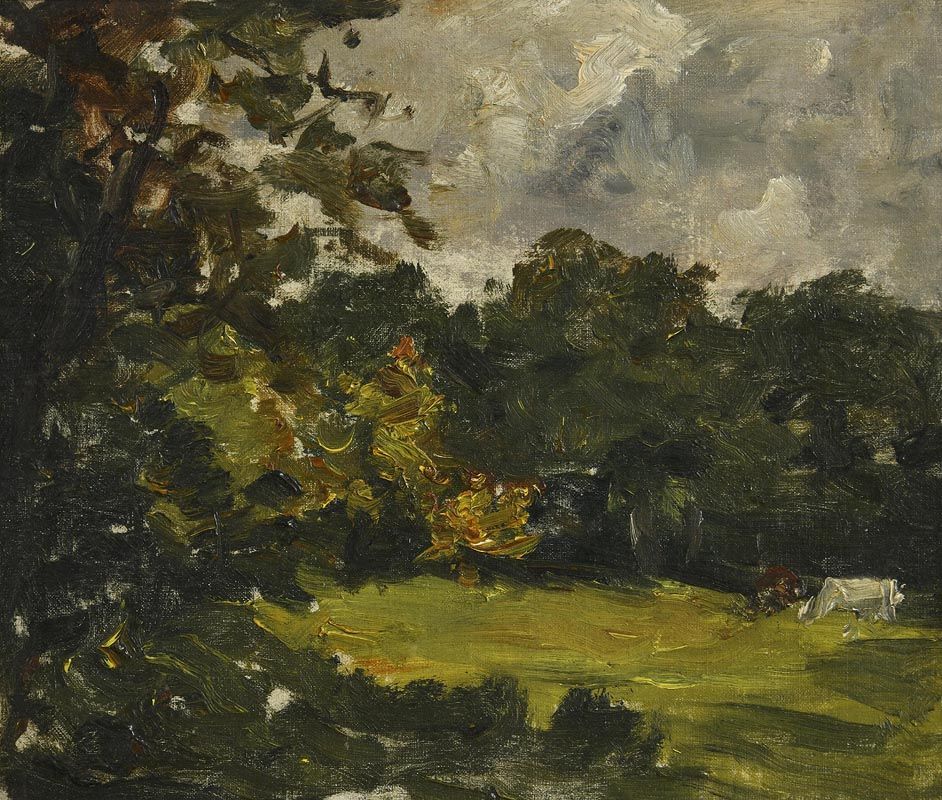

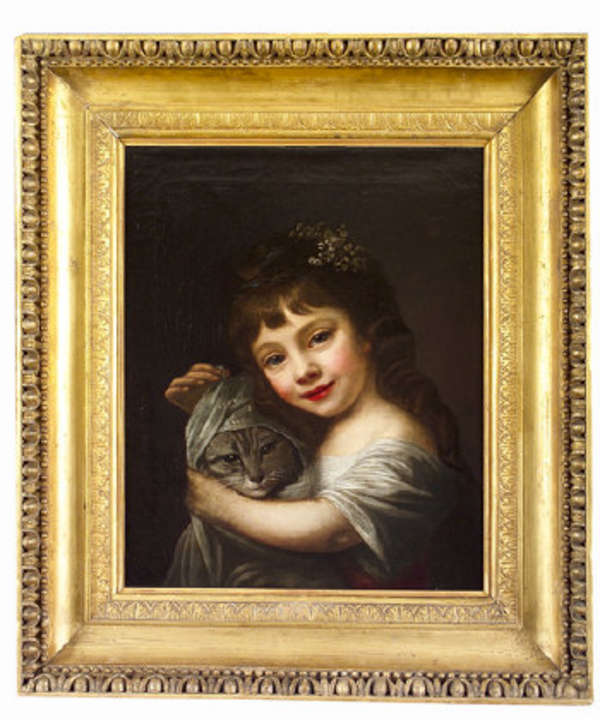
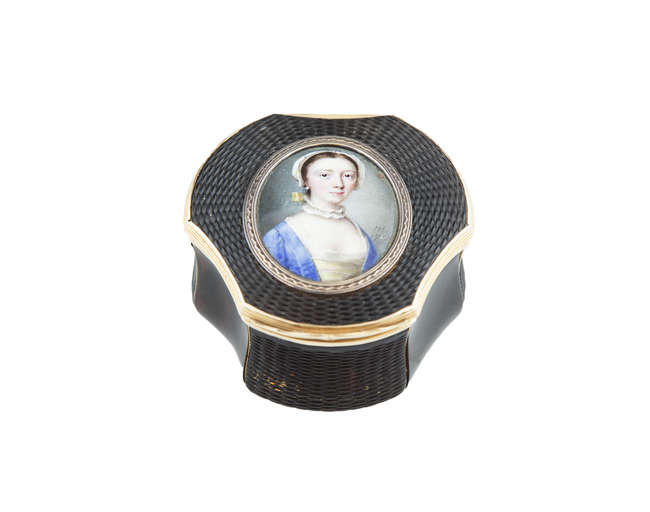
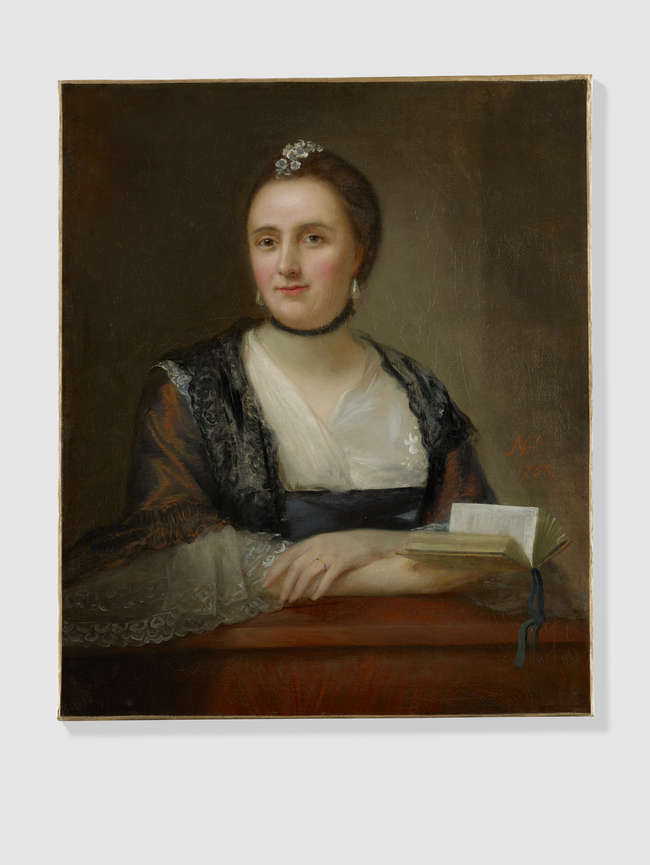
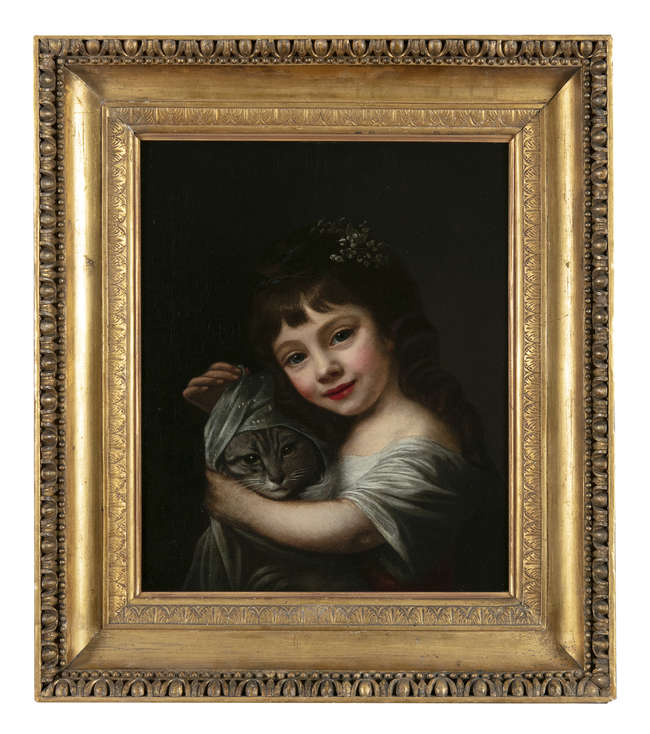
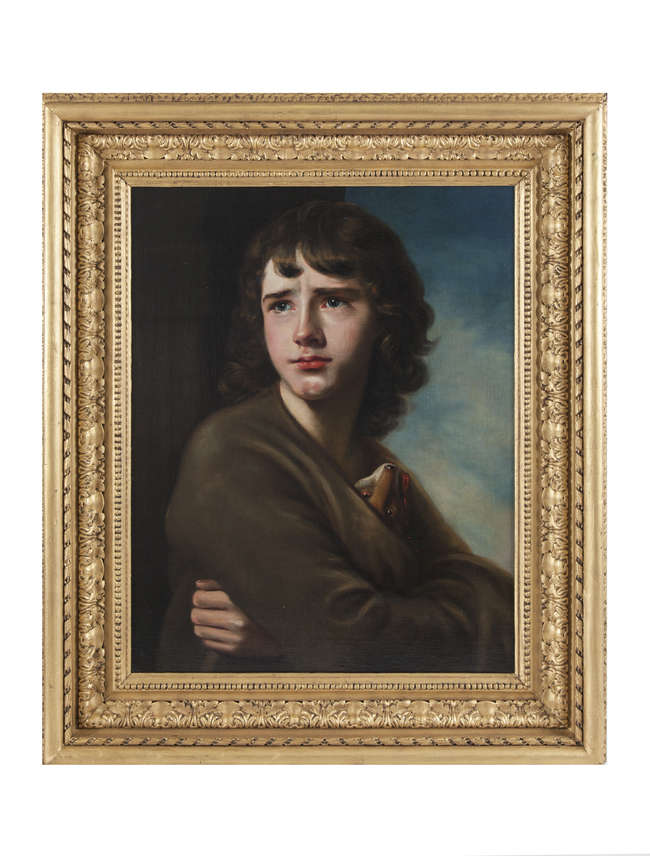
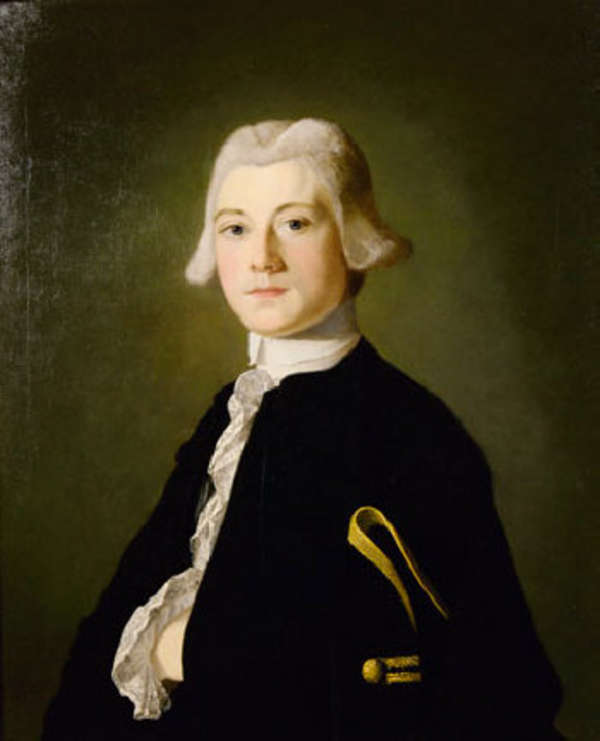


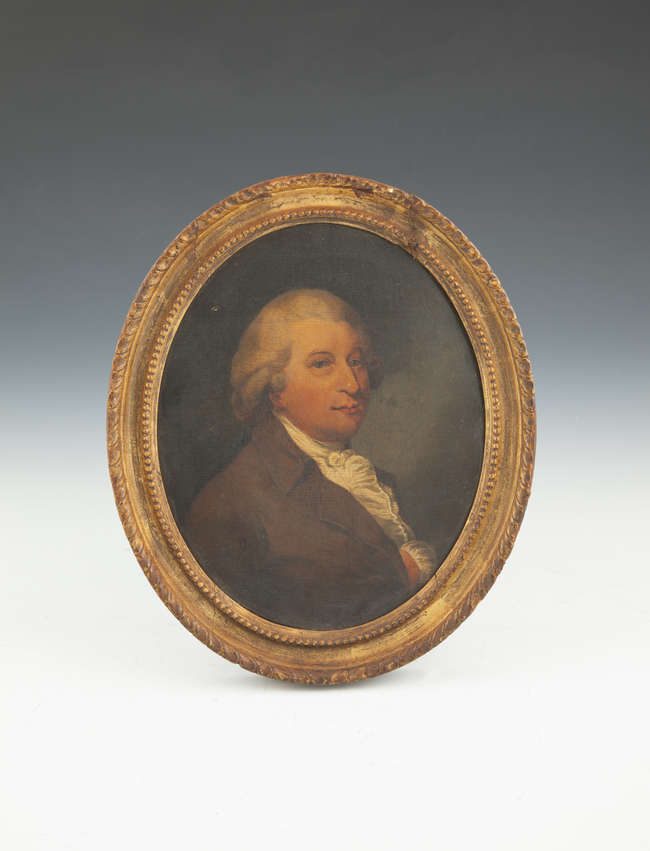
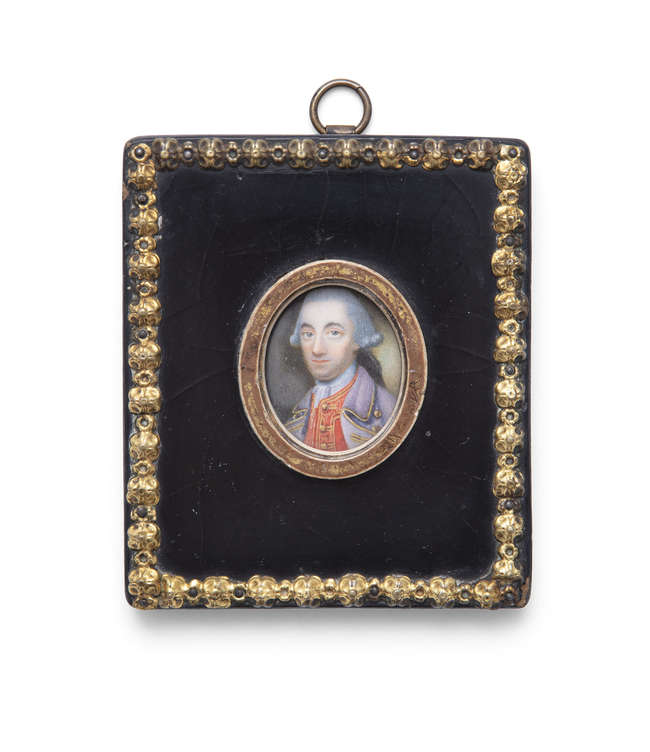

Testen Sie LotSearch und seine Premium-Features 7 Tage - ohne Kosten!
Lassen Sie sich automatisch über neue Objekte in kommenden Auktionen benachrichtigen.
Suchauftrag anlegen